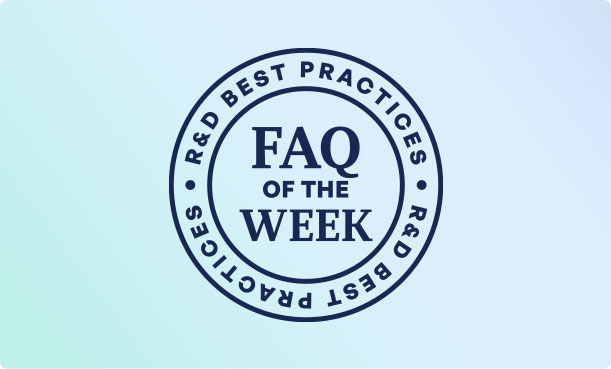MASSIE answers:
It depends on your timing and facts. The IRS recently issued Rev. Proc. 2023-11, modifying and superseding Rev. Proc. 2023-8, which provided much-needed guidance for taxpayers addressing the impact of Section 174.
Rev. Proc. 2023-11 clarifies that Form 3115 is not required for taxpayers making the change in the first taxable year the new Section 174 rules become effective (2022 for a calendar-year taxpayer with R&E expenses). Rather, a taxpayer can file a statement with its originally-filed return including the following:
- Name and employer ID/SSN of the applicant,
- Beginning and ending dates of the first taxable year in which the change takes effect,
- Designated accounting method change number (265),
- A description of the type of expenditures included in the change as specified R&E expenditures,
- The amount of R&E expenditures paid or incurred by the applicant during the year of change, and,
- A declaration that the applicant is changing the method of accounting on a cut-off basis and adhering to the amortization requirements.
However, if a taxpayer waits to change the 174 amortization until a subsequent year (i.e., 2023), then the taxpayer must file Form 2115 using the automatic consent procedures. One key consideration is that in either scenario, the IRS will not grant audit protection for research expenses incurred before 2022.
Please get in touch with the MASSIE team if you want to discuss this topic further or require assistance with your 174 calculations.
Disclaimer: The information on this website is for general information purposes only. Nothing on this site should be taken as legal advice for any individual case or situation.





